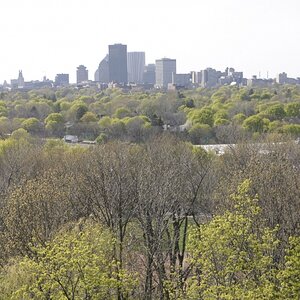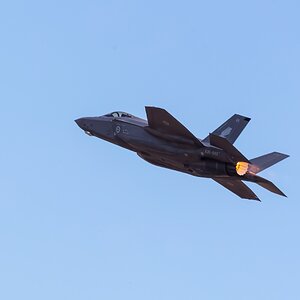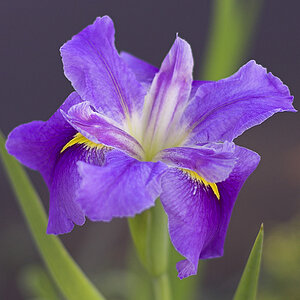milkyman90
TPF Noob!
- Joined
- Jul 20, 2009
- Messages
- 5
- Reaction score
- 0
- Location
- UK
- Can others edit my Photos
- Photos NOT OK to edit
Hi everyone, a question regarding white balance has been plaguing me recently.. it's a simple question, but I sure as hell don't know the answer. I hope someone here does 
When you adjust white balance on a RAW file, what does the software (let's say Canon DPP for argument's sake) do behind the scenes? Does it bias the way it reads RGB pixel data or does it shift the data taken from every pixel colour? In other words, what I want to know is whether blue light information is 'thrown away' when you warm up an image. In other other words, if I took a photo which was entirely blue and warmed it up, would it turn warmer or would the blue hue simply disappear?
I guess I could try that last issue myself with a simple experiment, but I'd still be keen to hear from anyone who is privy to the general way in which RAW converters alter white balance.
Any thoughts?
When you adjust white balance on a RAW file, what does the software (let's say Canon DPP for argument's sake) do behind the scenes? Does it bias the way it reads RGB pixel data or does it shift the data taken from every pixel colour? In other words, what I want to know is whether blue light information is 'thrown away' when you warm up an image. In other other words, if I took a photo which was entirely blue and warmed it up, would it turn warmer or would the blue hue simply disappear?
I guess I could try that last issue myself with a simple experiment, but I'd still be keen to hear from anyone who is privy to the general way in which RAW converters alter white balance.
Any thoughts?


![[No title]](/data/xfmg/thumbnail/37/37490-9848752f4de5e403f7f20db193e0fb64.jpg?1619738111)

![[No title]](/data/xfmg/thumbnail/37/37489-27b092c23ed6ad63eee4cd03f96a311a.jpg?1619738111)




![[No title]](/data/xfmg/thumbnail/37/37492-bafc92488a1ab17e4ca6603ee5b38376.jpg?1619738112)
![[No title]](/data/xfmg/thumbnail/37/37603-739c5d9b541a083a12f2f30e45ca2b7b.jpg?1619738147)
![[No title]](/data/xfmg/thumbnail/37/37604-7ad625e983f92f880eb65a264eeef5e4.jpg?1619738148)

![[No title]](/data/xfmg/thumbnail/42/42017-05f80a89ca2890969b5dc7cc47872581.jpg?1619739979)